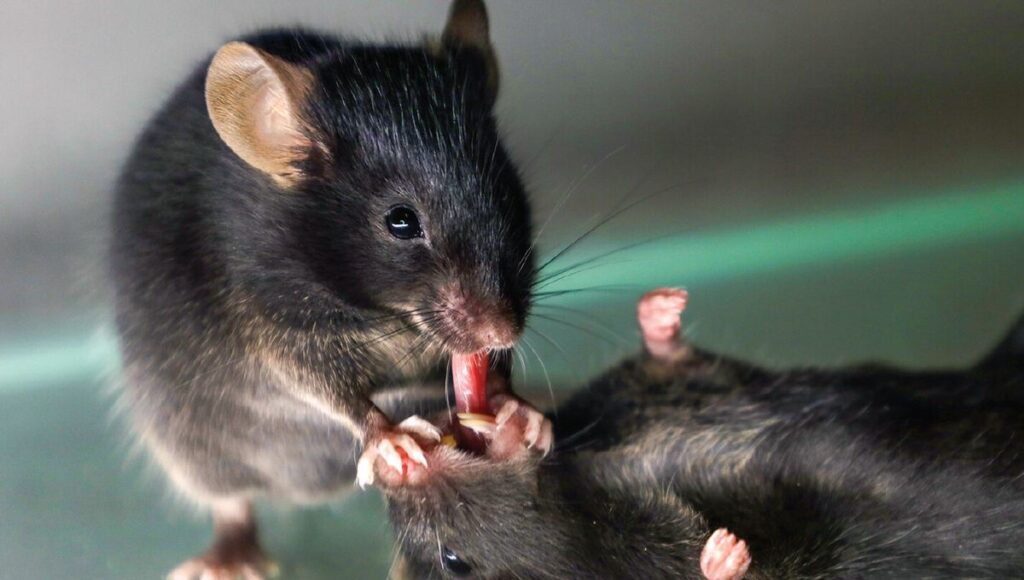In a recent study, researchers observed that mice exhibit behaviors akin to human “first aid” by attempting to revive their unconscious peers. When encountering anesthetized, unresponsive mice, the active rodents engaged in various actions, such as sniffing, grooming, biting, and pulling the tongues of their incapacitated counterparts. These caregiving behaviors were more pronounced with familiar partners and were infrequent when the partners were active. Mice devoted over 47% of their interaction time to the unresponsive mice, significantly more than the 5.8% spent on active ones. Additionally, these “caregiving” mice effectively removed foreign objects from the mouths of unconscious peers and were noted to help stimulate quicker recoveries.
The study identified specific brain regions responsible for this behavior, particularly oxytocin-releasing neurons in the amygdala and hypothalamus. Although it’s tempting to anthropomorphize these acts as “CPR,” the researchers emphasized that such behaviors are part of natural instincts among social animals. The findings suggest that emergency responses and support for nonresponsive group members may enhance group cohesion and survival among animal communities. The study was published in the journal Science.
Source link


